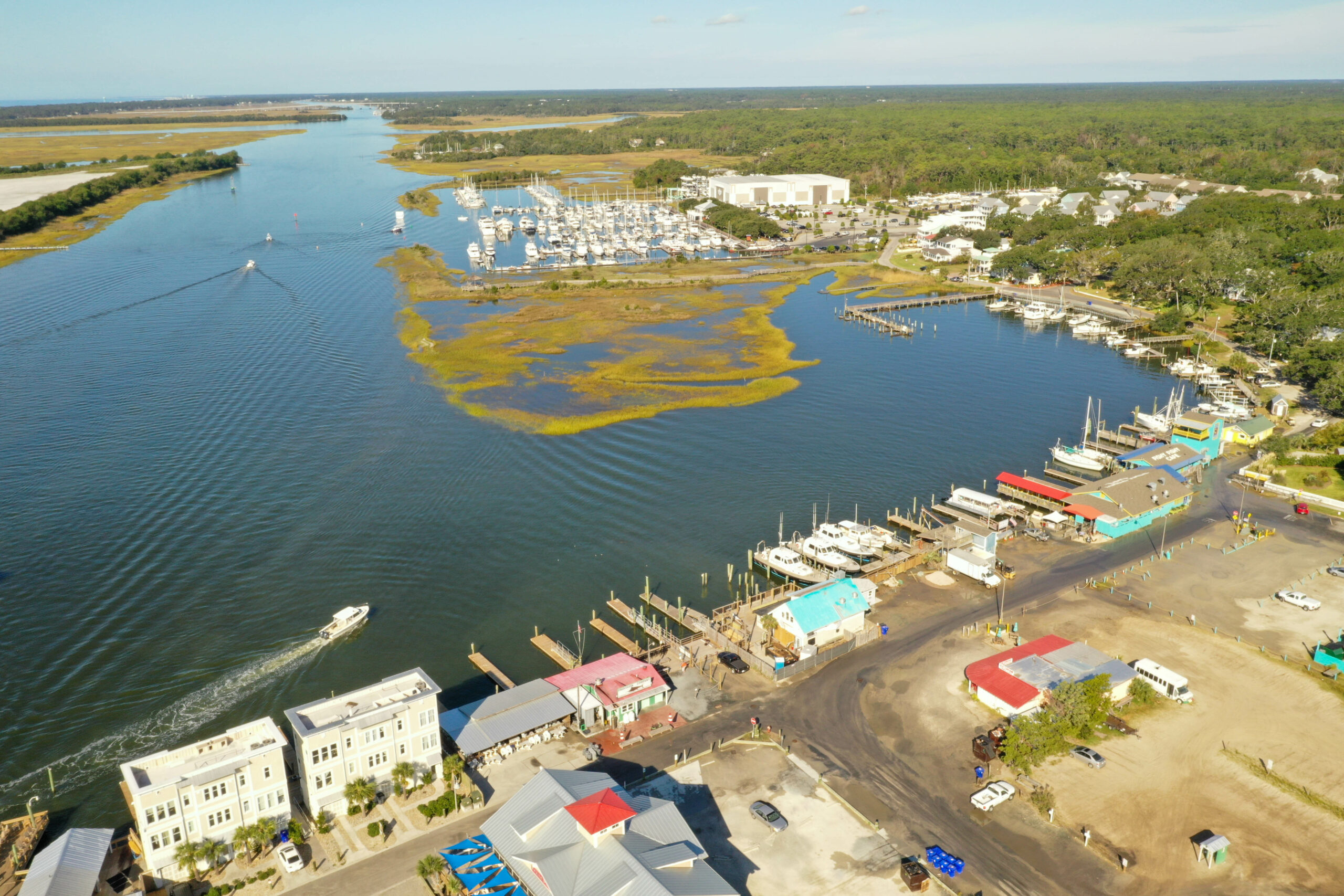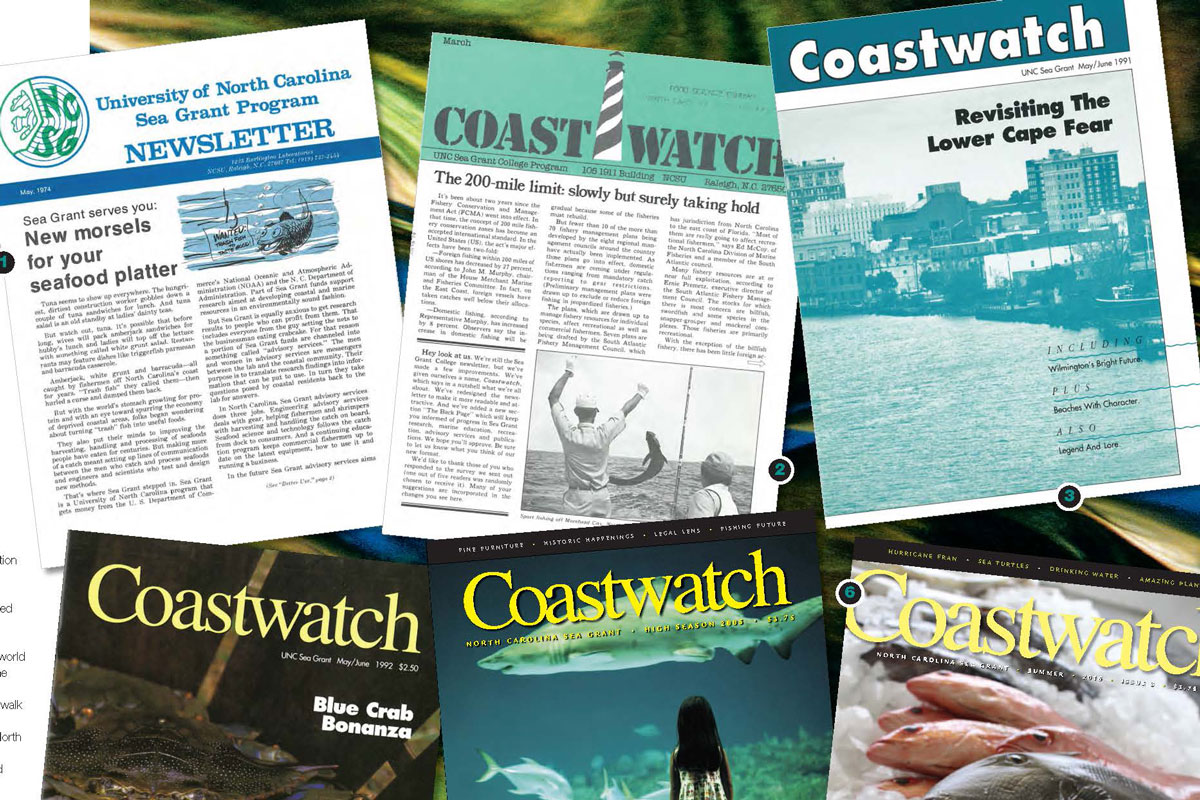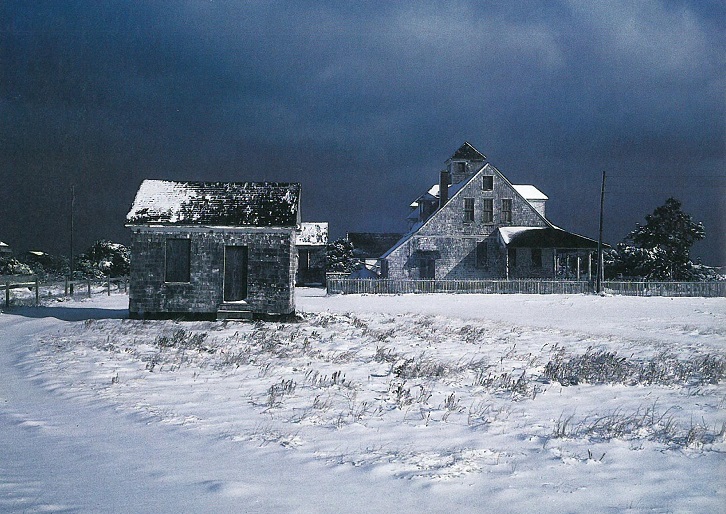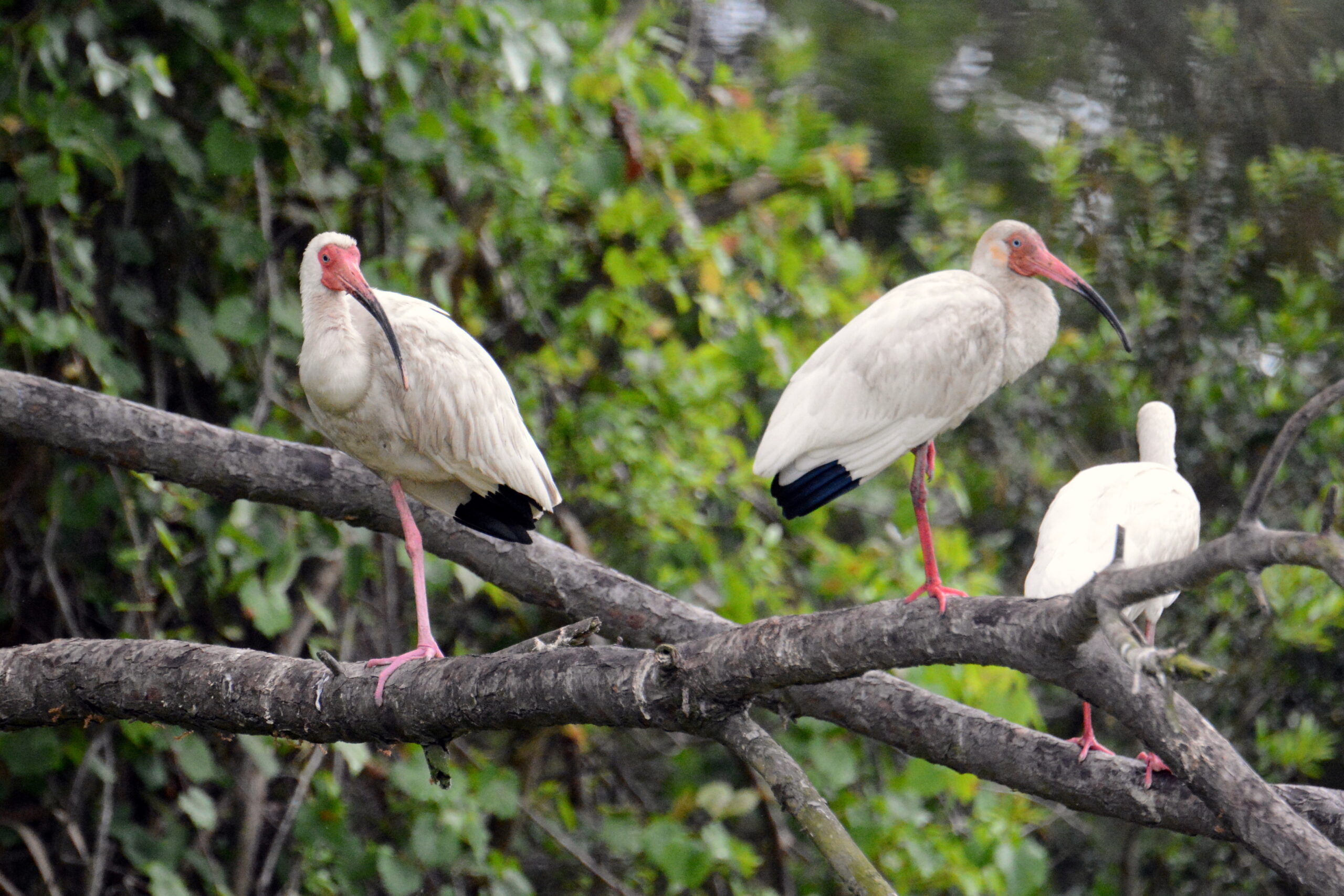PROJECT SNAPSHOTS: Peek Into Coastal North Carolina Research

“What is North Carolina Sea Grant?”
I field that question whenever people ask about my job.

“We support marine and coastal research in North Carolina,” is my usual response. There’s more than that, of course.
Sea Grant has a strong commitment to outreach and education. My colleagues and I bring data and results gathered by the scientists we fund to the state’s communities, decision makers and visitors — essentially wherever that information is most needed.
What does that mean, actually? I suppose I could tell you, describe it in glorious detail.
However, here’s a lesson I learned as an aspiring writer: “Show, don’t tell.”
So in the interest of demonstrating what we do, where we are doing it, and how our work might affect the state, we reached out to several Sea Grant-funded researchers.
“Tell us what you’re doing now,” we requested. Here are some of their responses in the following articles:
- Toxic Marine Snow
- Developing Recipes, Nourishing the Community
- Seasonal Dreams and Delights
- Collaborative Research on the Outer Banks
Maybe as our scientists draw you into their research, you will develop a better idea of North Carolina Sea Grant’s work in the state — and find your own answer to that first question.
This article was published in the Winter 2017 issue of Coastwatch.
For contact information and reprint requests, visit ncseagrant.ncsu.edu/coastwatch/contact/.
- Categories:


